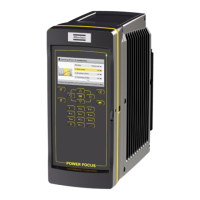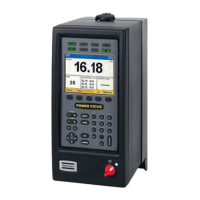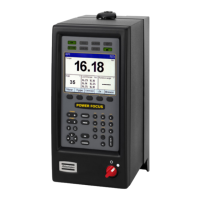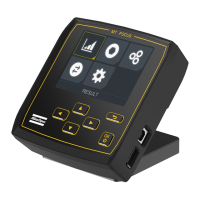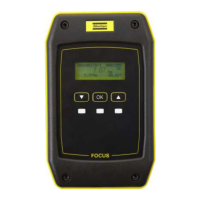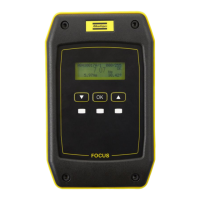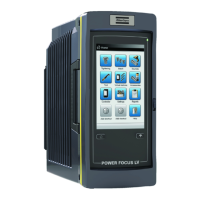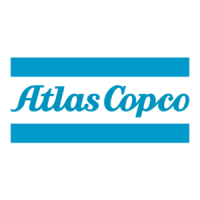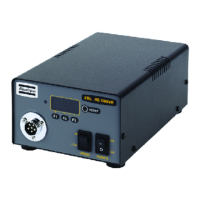30 31
VIRTUAL STATIONS
Introduction
The Virtual Station is the enabler of your assembly. It controls the tool,
the communication and the accessories in your assembly station.
Controlling multiple tools, working with virtual station gives you less cable
management, less network connections and less hardware components.
You will gain increased flexibility with increased rebalancing speed in your
production.
The Virtual Station keeps all information about your assembly process,
giving you an instant overview of what is going on in the production.
Tool Control:
Making sure your tool
is performing correct
tightenings for your
assembly.
• Pset selection
• VIN handling
• Batch sequence
control
Communication
Control:
Communicating for
easy and seamless
integration with your
production systems.
• Open Protocol
• Fieldbus
• Customer Protocols
Accessory Control:
Taking care of multiple
accessories per virtual
station.
• Stacklight
• Socket selector
• Digital I/O
Setting up a Virtual Station
In every IAM there is at least one
Virtual Station included. More virtual
stations can be added using the
FMS function in ToolsTalk2 or by pre-
configured IAMs.
When an additional virtual station has
been added a plus sign will appear
in the in right corner in the Virtual
Station menu. When all Virtual Stations
available has been added the plus sign
will disappear.
In the help menu there is information
on how to configure and setup the
Virtual Station. All the help material
can be downloaded in PDF from the
controller using the WebHMI.
Key Benefits
• Easy to set up
• QIF accessories connected in total
• The same accessory can’t be repeated in the same Virtual Station
(i.e. 2 stacklights on the same Virtual Station)
• Works with existing accessories (socket selectors, stacklight, operator
panel, etc.)
• Copy-Paste psets, Virtual Station configurations (ToolsTalk 2)
• 1 job in different Virtual Stations
• Excellent user interface
• Excellent graphical concept and very easy to configure
• Less wiring complexity
